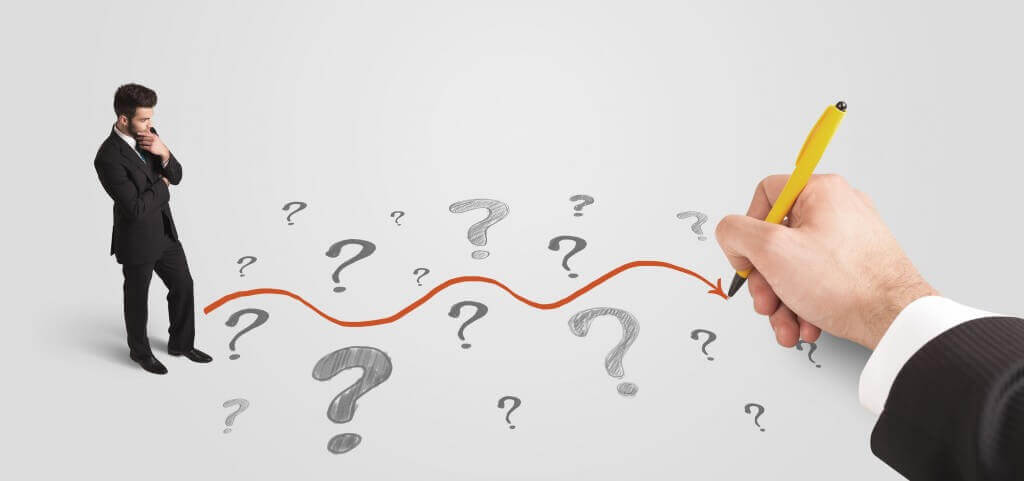
The traceable steps a user will take before eventually deciding to book a room in your hotel is known as attribution. Sometimes it can be a simple path, but other times it can be a complex and convoluted path, that takes place over days, weeks or even months before the prospect converts.
Travel booking behaviour, can be more complex than the average online sale of a book or item of clothing. Naturally, the bigger the price tag, the more time a person will need to research and reflect on the purchase before committing to parting with their money, as is true with booking a hotel stay.
Attribution is more difficult than ever. Understanding where your guests are finding your hotel, right through to which device they’re using to make the booking purchase is still murky waters for the hotel industry, although we’re getting closer to decoding it.
It’s important to remember that site traffic is equally as important as conversion rates, when a potential customer is browsing your special offers page, that is still a valuable part of their customer journey even if they don’t purchase then and there.
The online hotel space is becoming increasingly consumer-centric – as there is no linear path to purchase, the consumer must be given what they want at each touchpoint in order to be at the front of their mind once they’re ready to buy.
In this article, we discuss the key trends that our own client data, collected in the first half of 2017, has indicated. This data brought to the fore some interesting insights into the gender divide when it comes to making travel plans, and which demographics are using what devices.
Device Trends
People behave and book differently on different devices, here’s how mobile and tablet users stand out from the overall pool of your hotel website visitors:




